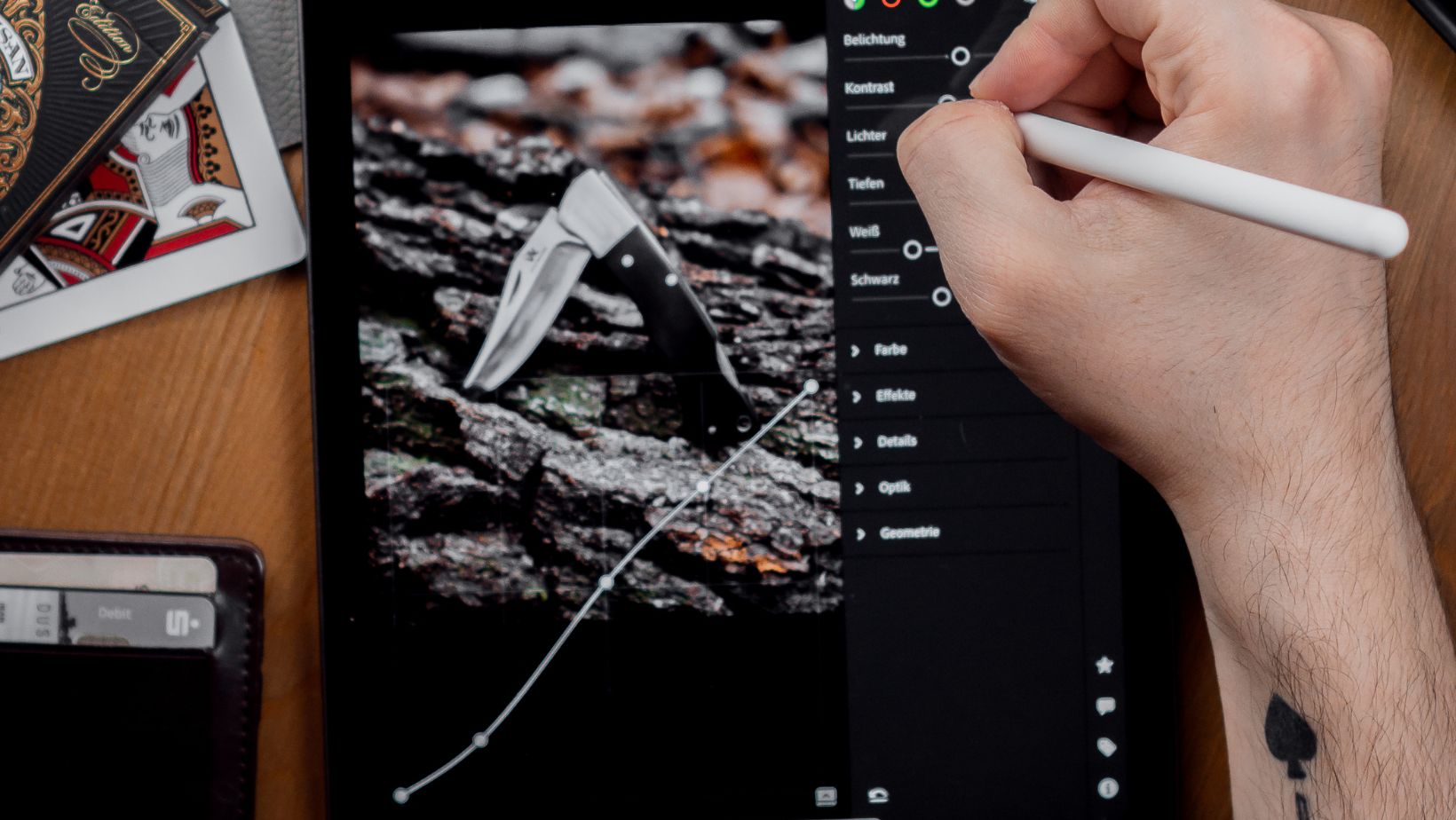Table of Contents
ToggleHow To Do Drop Shadow In Illustrator
Are you looking to add depth and dimension to your designs in Adobe Illustrator? Well, you’re in luck! In this article, I’ll show you how to easily create drop shadows using the powerful features of Illustrator. With just a few simple steps, you can bring your artwork to life and make it stand out from the crowd.
Creating a drop shadow is a great way to add visual interest and make your design elements pop. Whether you want to give text a three-dimensional effect or add depth to illustrations, Illustrator offers a variety of tools that make it easy to achieve stunning results. By mastering the techniques I’ll share with you, you’ll be able to enhance your designs and take them to the next level.
So, if you’re ready to learn how to do drop shadow in Illustrator, grab your creative hat and let’s dive right in! Whether you’re an experienced designer or just starting out, this tutorial will provide clear instructions and helpful tips that will empower you to create eye-catching drop shadows with confidence. Let’s get started on this exciting journey together!

Understanding Drop Shadow in Illustrator
Drop shadow is a powerful and versatile tool in Adobe Illustrator that allows you to add depth and dimension to your designs. It creates the illusion of an object casting a shadow on the background, giving it a more realistic and three-dimensional appearance. In this section, we’ll delve into the details of how drop shadow works in Illustrator and explore some useful techniques to make your designs stand out.
To apply drop shadow in Illustrator, follow these simple steps:
- Select the object or text you want to add a drop shadow to.
- Go to the “Effect” menu, navigate to “Stylize,” and choose “Drop Shadow.
- Adjust the settings in the dialog box that appears, such as opacity, angle, distance, and size.
- Preview the changes until you achieve the desired effect.
- Click “OK” once you’re satisfied with the result.
Now that we understand how to apply drop shadow let’s take a closer look at some essential concepts related to it:
- Opacity: This setting determines how transparent or opaque the drop shadow appears. Higher values create darker shadows, while lower values make them lighter.
- Angle: The angle controls where the light source is positioned relative to your object. Changing this can significantly impact how your drop shadow looks.
- Distance: This setting determines how far away from your object the drop shadow will appear. Increasing it adds more space between them.
- Size: Adjusting this setting alters the size of your drop shadow relative to your object’s dimensions.
By experimenting with these settings along with other effects available in Illustrator, such as blur or color adjustments, you can create unique and eye-catching drop shadows that enhance your designs’ visual impact.
Remember not to overdo it with excessive use of drop shadows; moderation is key for achieving professional-looking results without overwhelming your composition.
In conclusion, understanding how drop shadows work in Illustrator empowers you to add depth and realism to your designs. By mastering the techniques and experimenting with various settings, you can create visually captivating artwork that grabs attention and adds a touch of professionalism. So, let’s dive into the world of drop shadows in Illustrator and unlock a whole new dimension for our designs!






